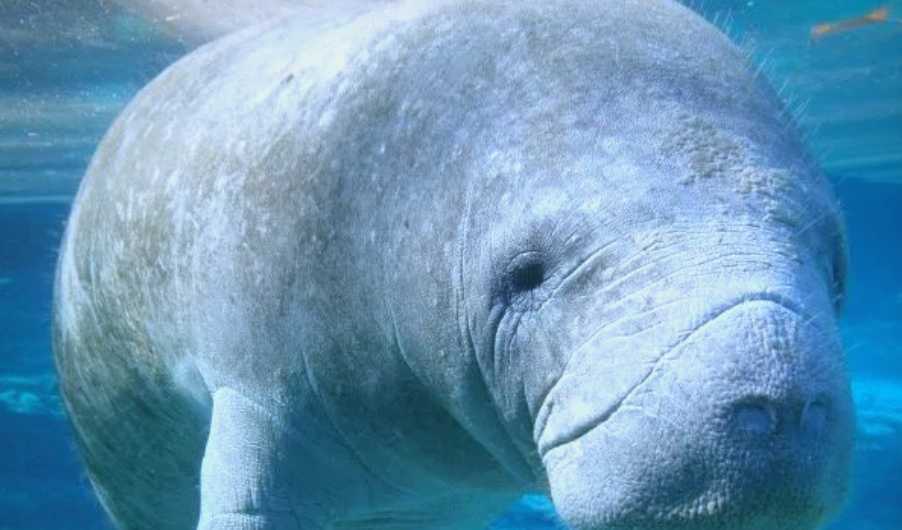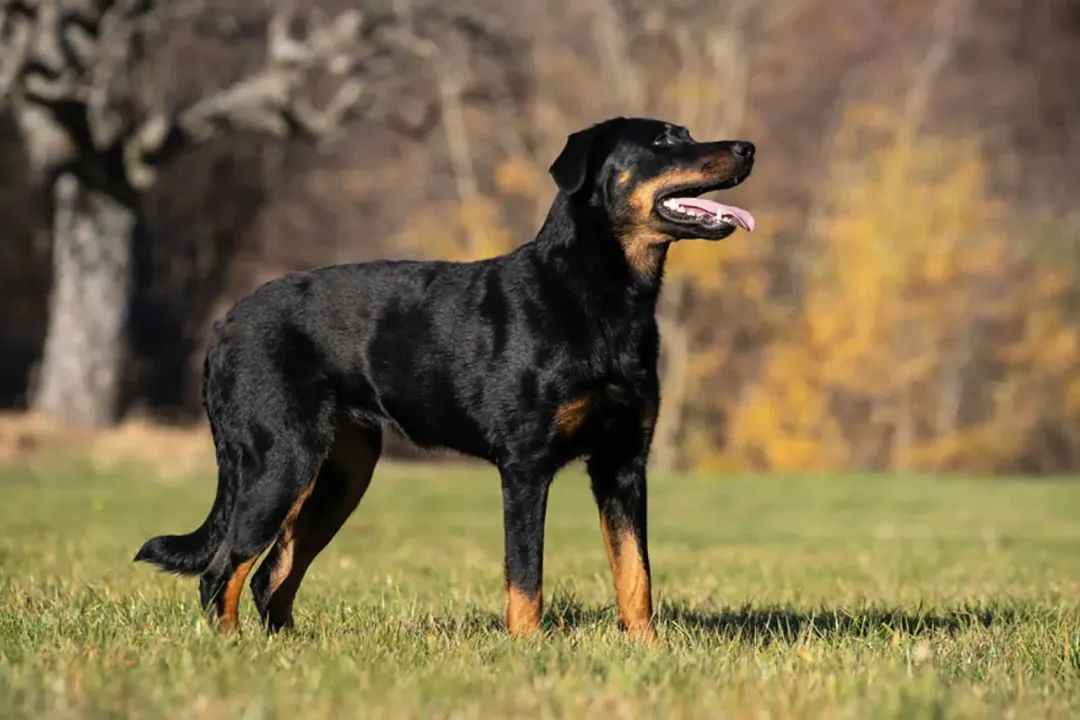Standing 21–26 inches tall and weighing 55–80 pounds, Chessies are muscular yet agile. Their most striking feature is a dense, waterproof double coat—short, wavy, and oily outer fur paired with a woolly undercoat—that repels water and insulates against cold 59. Coat colors range from "dead grass" tan to deep "sedge" red, with small white markings on the chest or toes 46. Distinctive amber eyes and webbed feet further enhance their aquatic prowess 69.
Chessies are renowned for their intelligence, loyalty, and protective instincts. While affectionate with family, they can be reserved with strangers, making them excellent watchdogs 46. Their independent streak requires consistent, positive training from 幼犬时期,though they thrive on structured routines and physical challenges 712. Enthusiasts praise their "quiet good sense" and ability to adapt to roles beyond hunting, including search-and-rescue and therapy work 46.
With a lifespan of 10–13 years, Chessies are generally robust but prone to hip dysplasia, progressive retinal atrophy, and hypothyroidism 812. Regular exercise—swimming, retrieving, or agility training—is vital to prevent obesity and maintain joint health 712. Grooming demands are moderate: weekly brushing to manage shedding and occasional bathing to control natural oils 56.
Recognized by the AKC in 1885, Chessies remain a favorite among hunters for their tenacity and stamina. However, their versatility has endeared them to families seeking active, devoted companions 1011. Despite ranking 54th in AKC popularity, they excel in dual roles—winning titles in both conformation shows and hunting trials 1011. As one breeder notes, "A Chessie is not just a dog; it’s a partner who’ll stand by you in any storm" 11.
In the Chesapeake Bay’s windswept marshes, the Chessie’s legacy endures—a testament to the enduring bond between human ingenuity and canine resilience. Whether retrieving ducks or curling up by the fire, this breed embodies the spirit of the American working dog.










